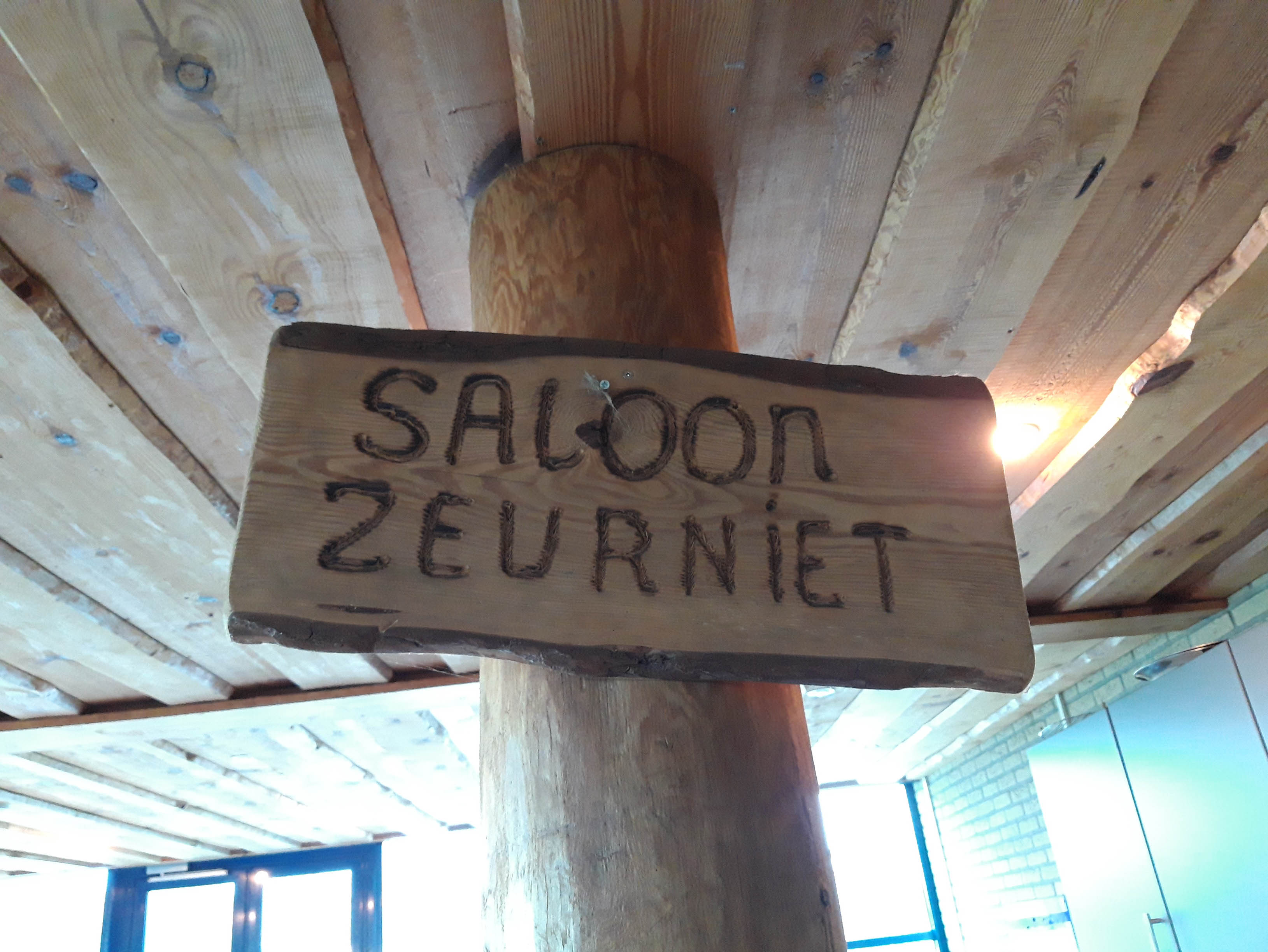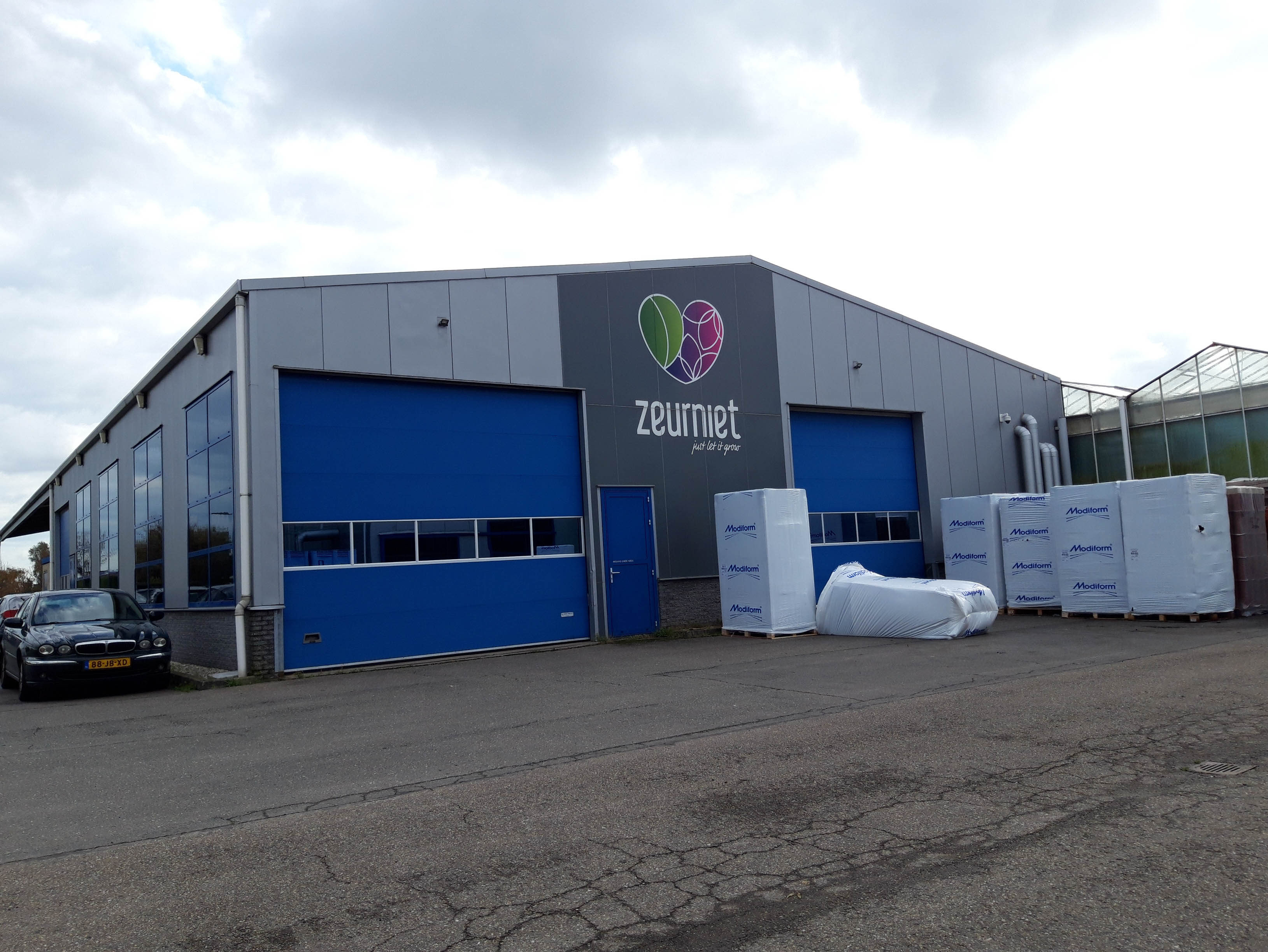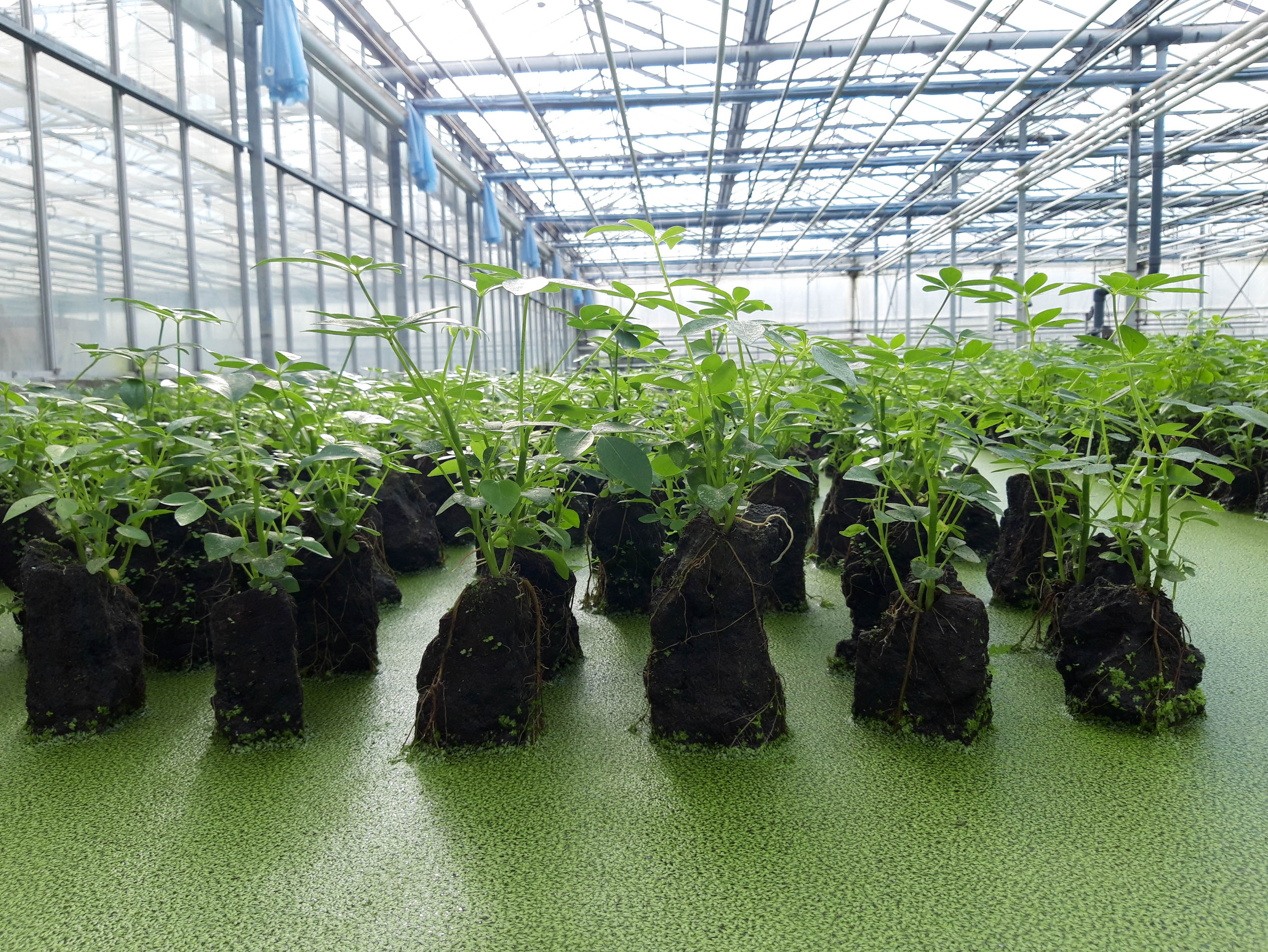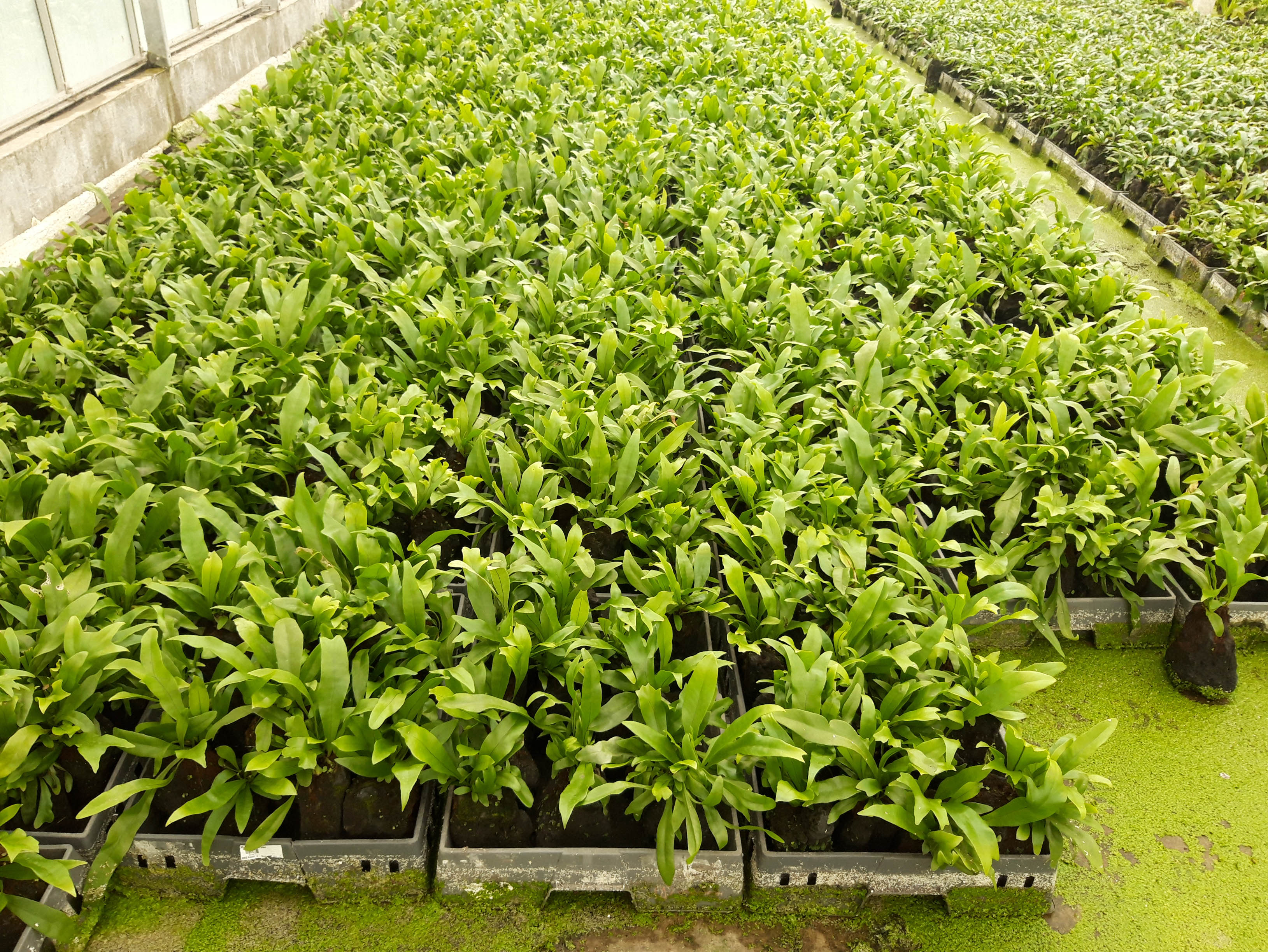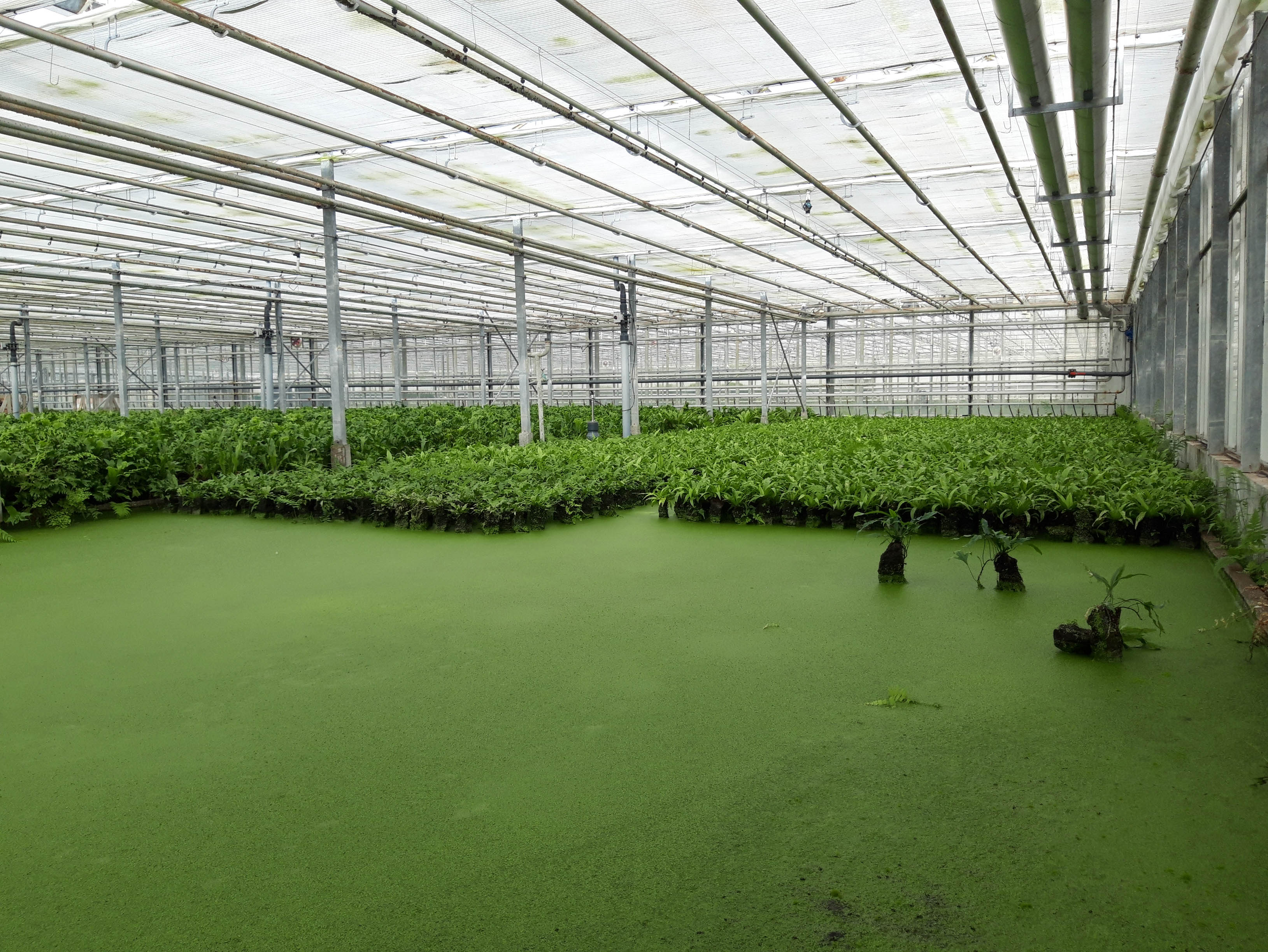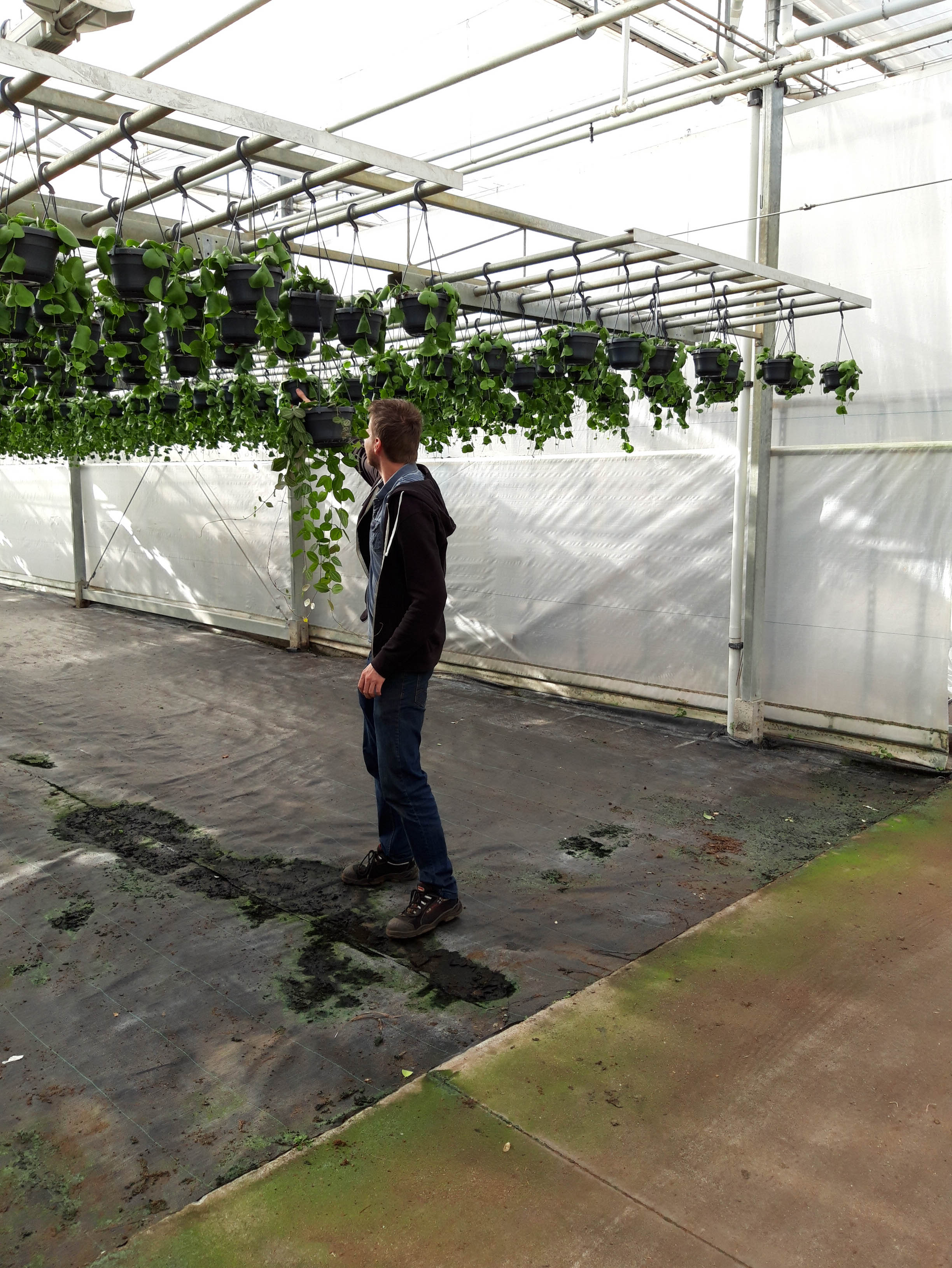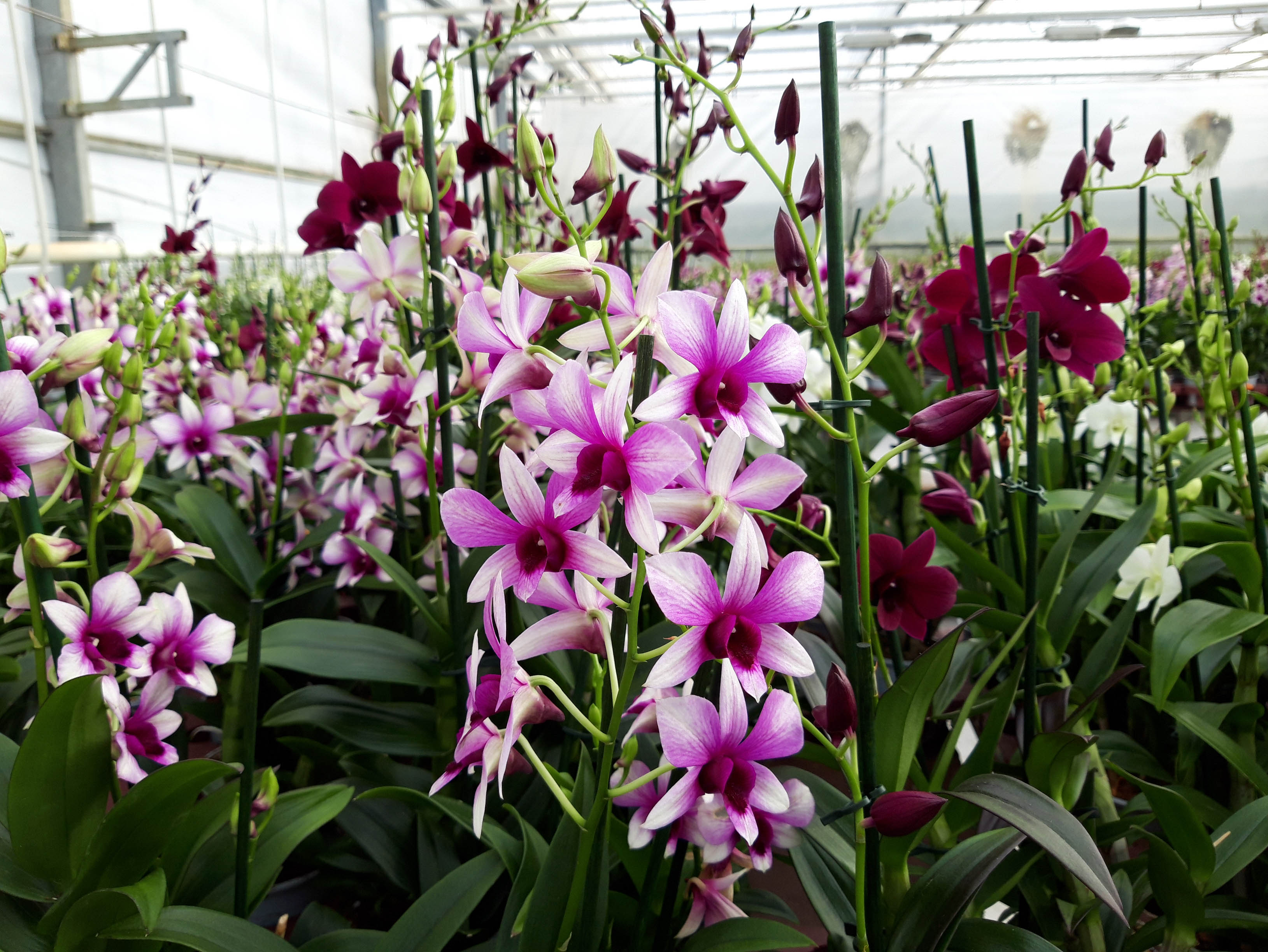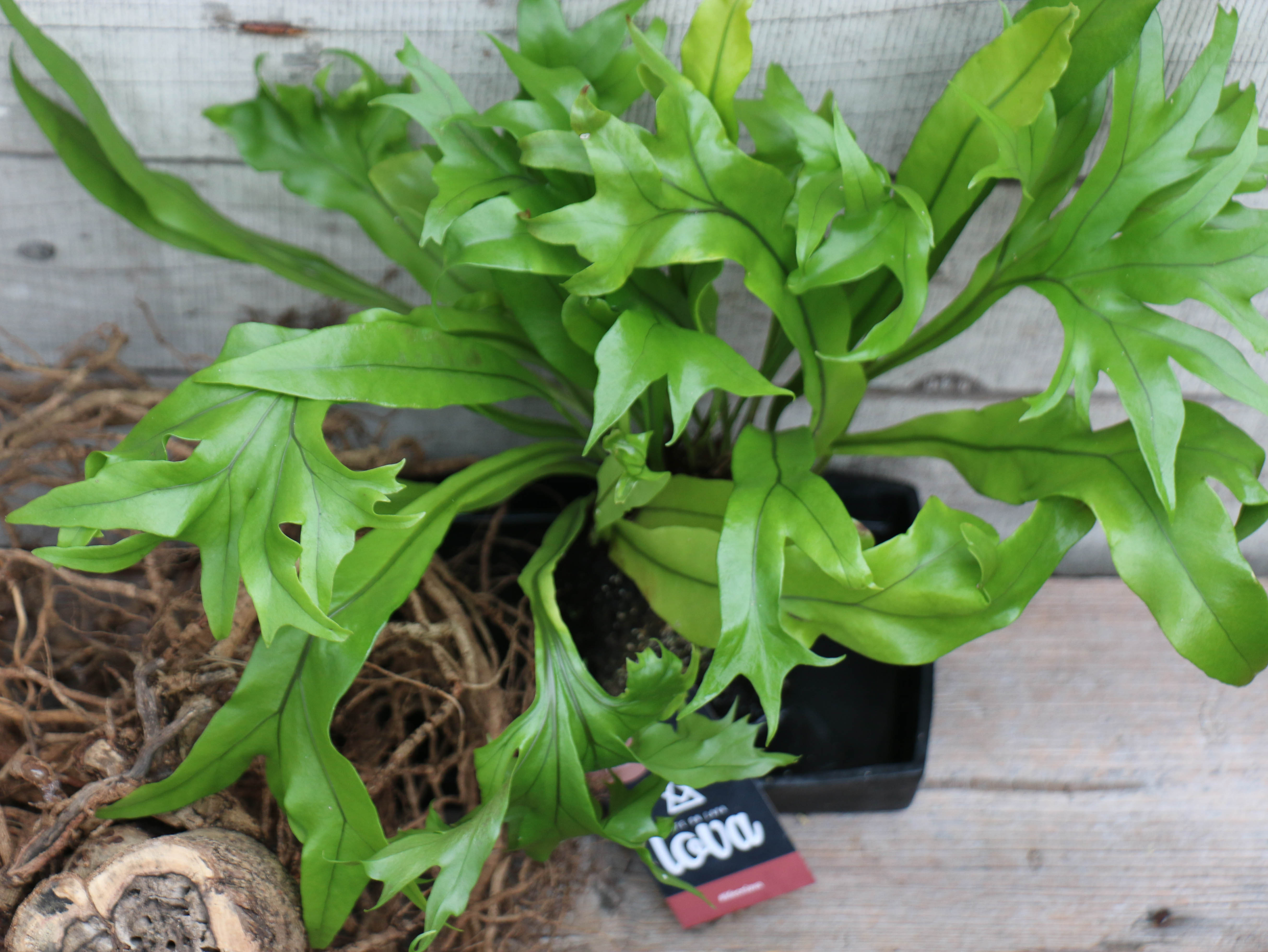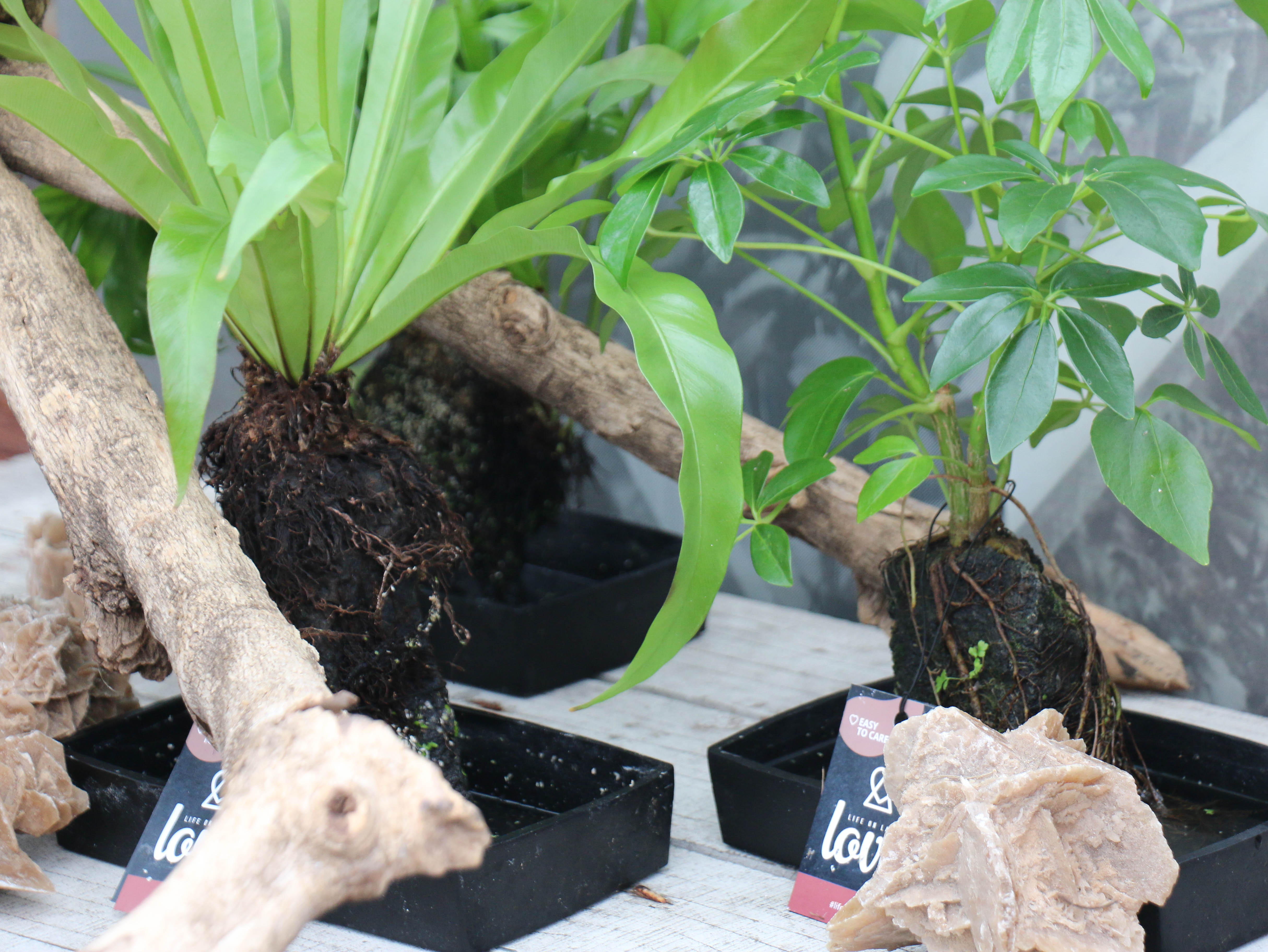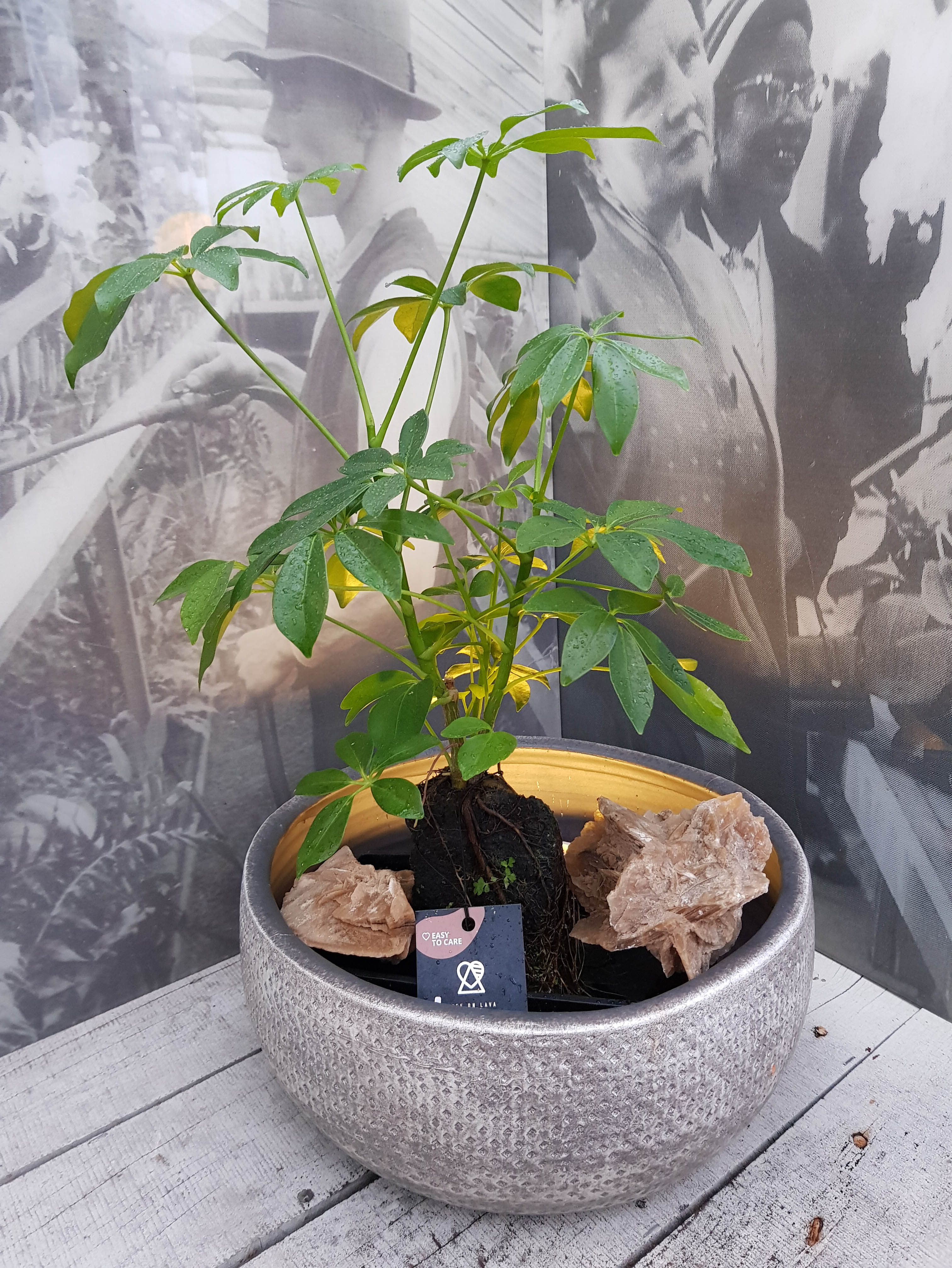This month at FloraPodium
Lova, life on lava
Calendar
Lova plants are available all year round.
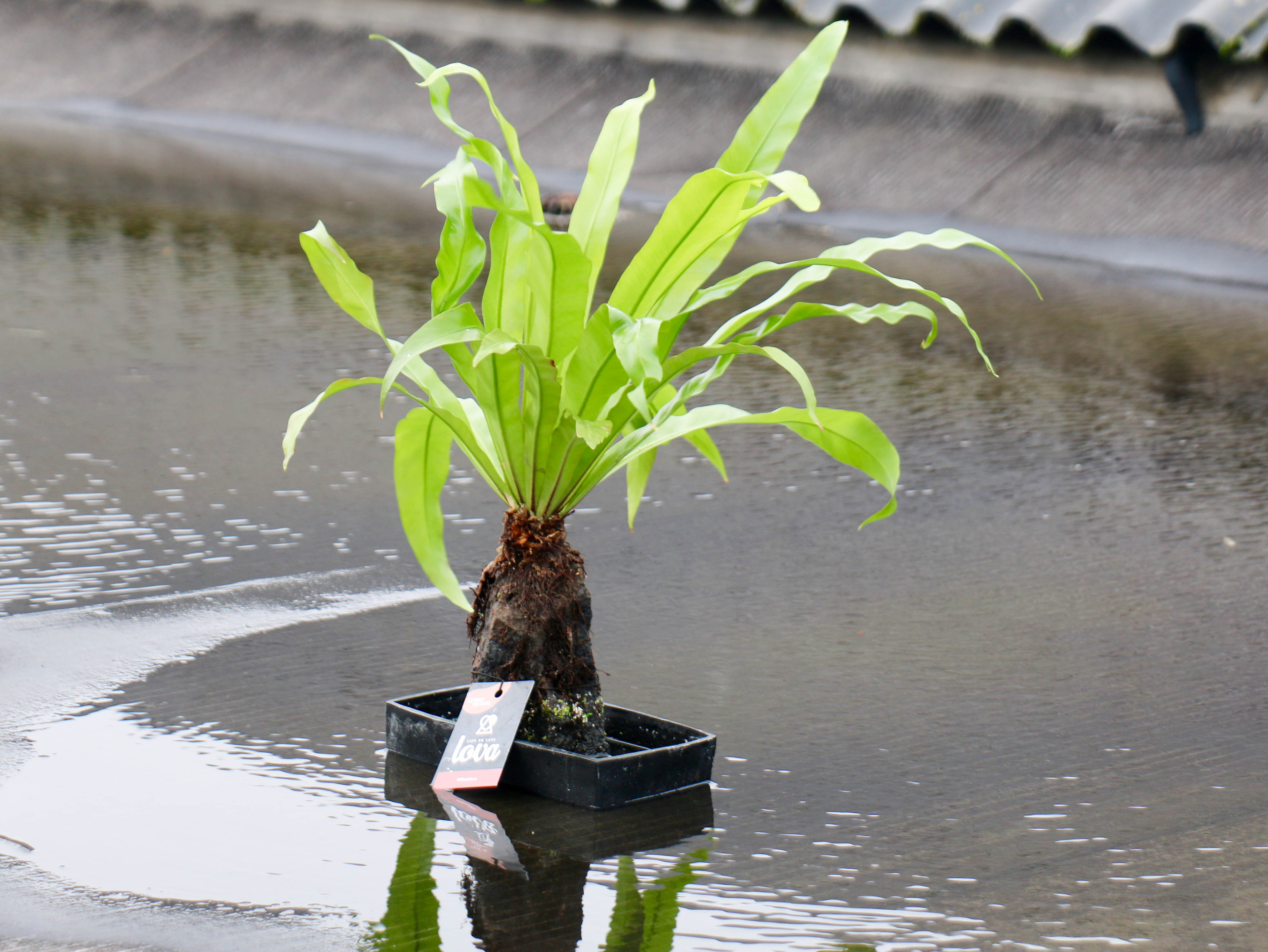
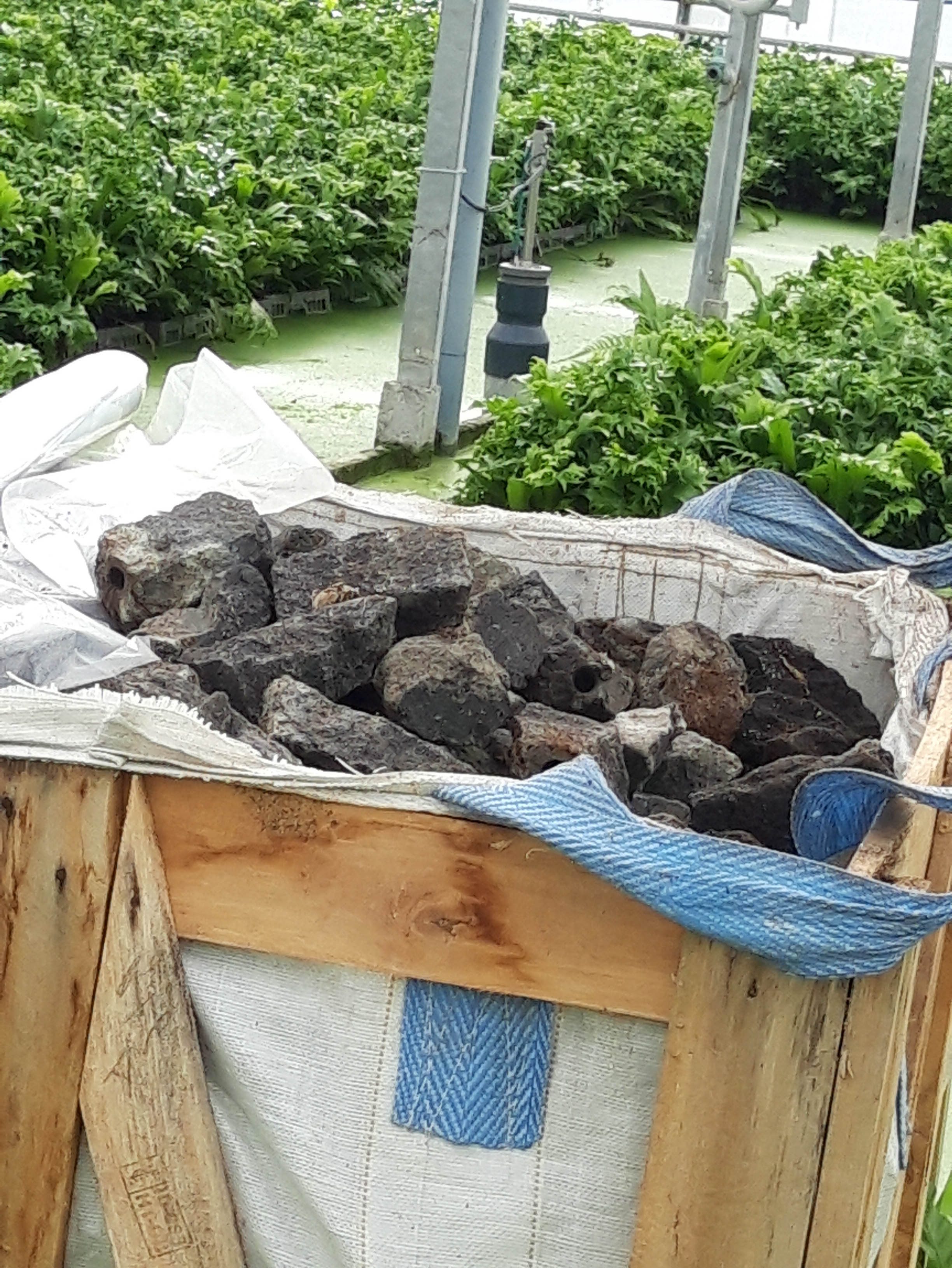
In the spotlights
The name of the company immediately appealed to us: nursery Zeurniet, which means ‘Don’t complain’! Not only this appealing name, but also the special product that originates here made it impossible for us to contain our curiosity. We just had to visit here! At the beginning of October, we were guests at nursery Zeurniet and were enthusiastically received by Tom Scheffers who took the time to answer all our questions and give us a tour of the company. We were impressed; Zeurniet turned out to be a wonderful company where many beautiful products could be admired. We walked through quite a few greenhouses with lots of fun innovative concepts and high-quality beautiful plants. And there we also saw that striking plant that had drawn our attention and made us visit nursery Zeurniet; the Lova. Lova is actually a collective name for a number of different plants that have one thing in common; the way they grow. The plants grow on a lava rock; not only incredibly decorative but also very captivating and interesting. Read on for more about this special product.
More than 100 years old family business
Nursery Scheffers (as the nursery was first called) started as a company in vegetable cultivation, but soon a switch was made to flower cultivation. About 50 years ago the switch was made to the cultivation of pot plants. The company currently consists of a total of 10 departments spread over 3 ha of land.
The Scheffers family name was very common and in order to distinguish the different companies it was decided in 1985 to give this nursery its new name: "Zeurniet". A name that fits perfectly with the company and the family, a company without fuss, where people work on what matters: beautiful high quality products with a long shelf life. Today, father Jos Scheffers and his sons Stef and Tom are active in the nursery; Stef and Tom being the fifth Scheffers generation! We spoke to Tom who showed us the company with great enthusiasm. In addition to the Lova, the Scheffers family also grows Dendrobiums and Tillandsia, a total of between 100 and 130 different varieties. But this visit was with the express purpose of learning more about the Lova.
How it started
In 2017 an Australian supplier came to the Netherlands with the product because he also saw sales opportunities on the European market. After carefully thinking out the concept, nursery Zeurniet started selling the product at the end of summer 2018. The volcanic lava stones are delivered separately and come from a supplier in Asia. After some trial and error, the nursery currently has 4 different varieties in production that seem to thrive on these stones. The Lova Schefflera is the most sold and best appreciated. “The Schefflera can take a beating,” says Tom. He shows a plant that he himself has had in the company canteen for a few years. And indeed the plant still looks very healthy and still has a beautiful shape. In addition to this Schefflera, they also supply the Lova Asplenium, the Lova Diversifolium and the Lova Punctatum.
Care
First of all, it is important to choose the right spot; most of these plants do not like direct sunlight, but do like to be located somewhere where it is at least 15 degrees warm. The Lova Schefflera likes to be in a light spot, but also thrives in a shadier place. The Asplenium, Microsorum Diversifolium and Punctatum “Green flame” prefer shade and are very suitable for a bathroom, for example.
The Lova is also very easy to care for (and who doesn't like that?). The plant draws water from the porous lava and from the waterproof decorative container. Fill the container to 2/3 height and make sure that the lava stone does not dry out. Should the tray fall dry once, that does not present an immediate problem. Filling the decorative container with water once a week and checking whether the lava rock remains slightly moist is all you have to do. Avoid using tap water! The lime in this water could cause the stone to turn white eventually. Therefore, preferably use rainwater. No plant food is required; there is enough nutrition in the stone. You could possibly add a quarter of the recommended liquid plant food to the water from April to October. If you follow these directions, you can really enjoy the Lova for years to come!
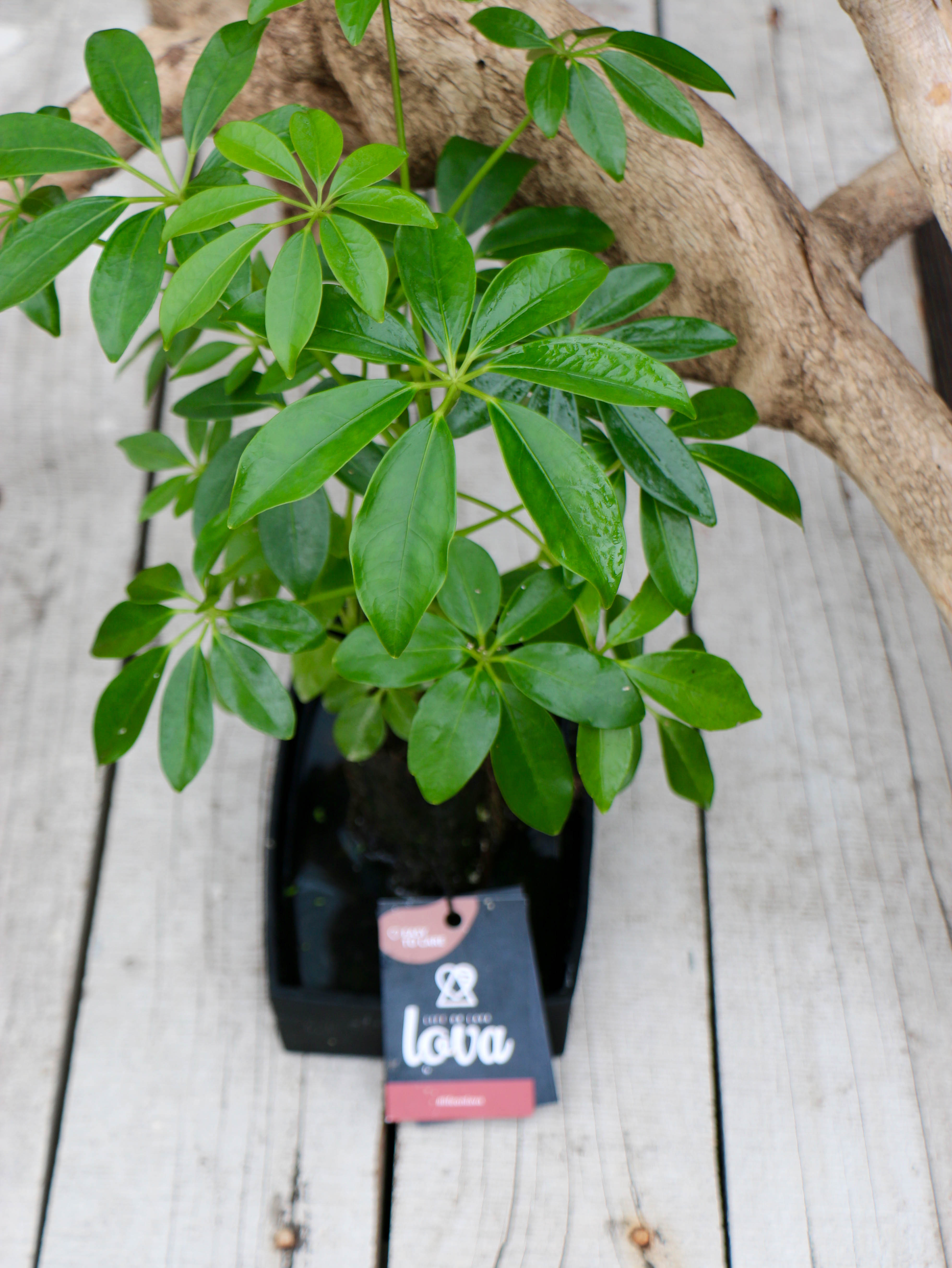
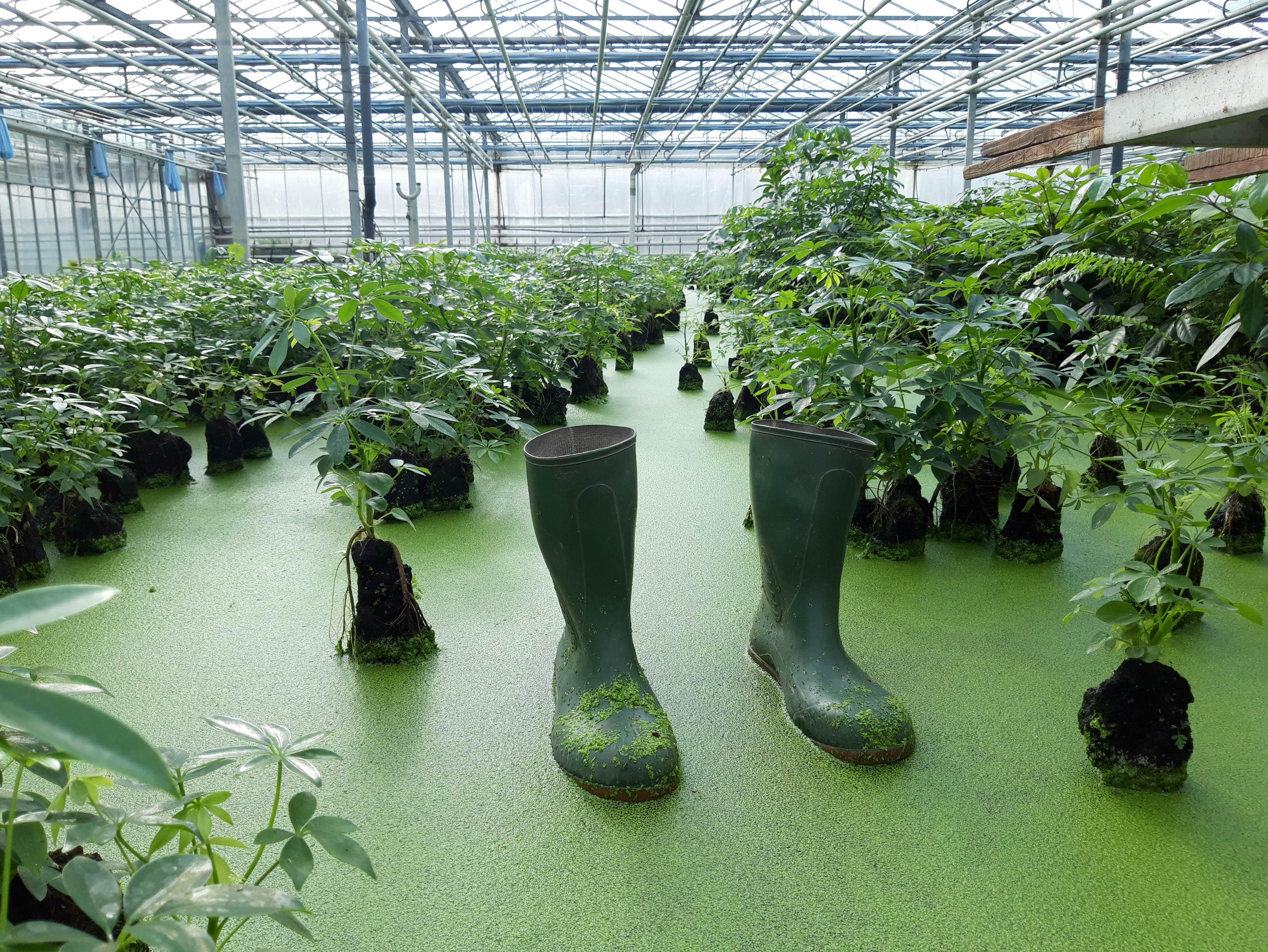
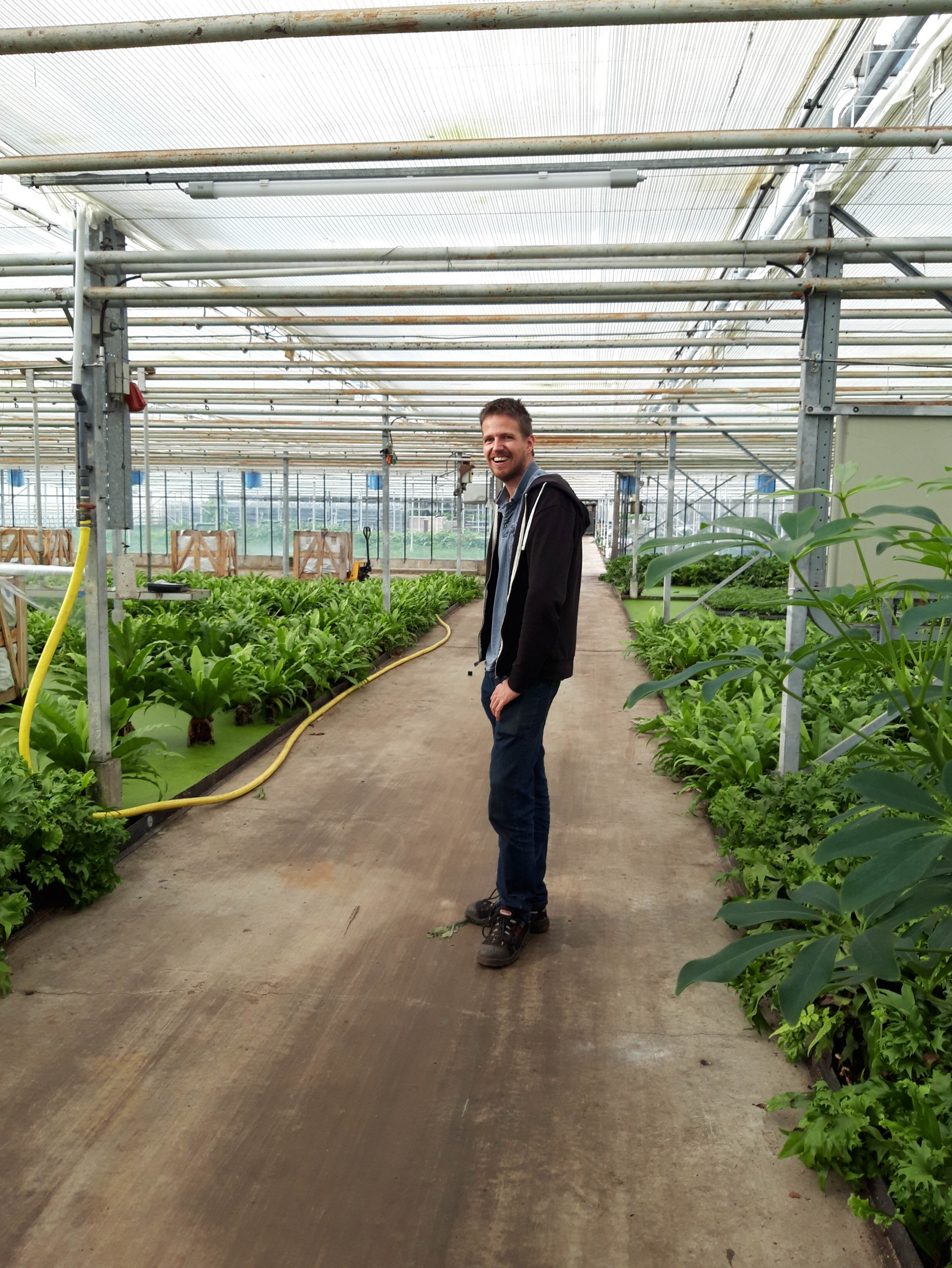
Cultivation
How are they made
The young plants are sown by another grower and delivered to Kwekerij Zeurniet as soon as they are large enough to be planted on the Lava stones. Lava is porous and capullary, which means that it can retain a lot of water. Because the stone is porous, the plant can attach itself to the stone and literally “embrace” it. It is therefore important to use a plant with roots that can tolerate light. Not all plants are suitable for this. After some trial and error, nursery Zeurniet has made a selection of 4 varieties that do very well on the lava stones. It takes at least six months before the plant is ready to be sold and can leave the nursery, but with a continuous production they are now available all year round.
Durability
Zeurniet is very conscious about sustainability. For example, they use biological pest control as much as possible. And they are co-owners of a geothermal heat project, which means that the nursery saves a lot of gas and therefore also produces less CO2. The used water is separated and recycled, so that it does not have to be discharged unnecessarily.
Where is it best?
In order to be able to effectively transport the stone without damage, Zeurniet has chosen to glue the stones on a very beautiful decorative black stone dish. This has made it a ready-to-use product that can immediately be placed anywhere and instantly becomes an eye-catcher in any room!
And because of its great durability and super trendy look, this plant can be used anywhere, as a table decoration, but also, for example, to give a bathroom a beautiful look.
If you want you could remove the stone from the dish and process it in a different way. Of course, this offers many possibilities to use the plant in all kinds of creative ways as part of an arrangement or presentation!
FloraPodium, 09 November 2020


